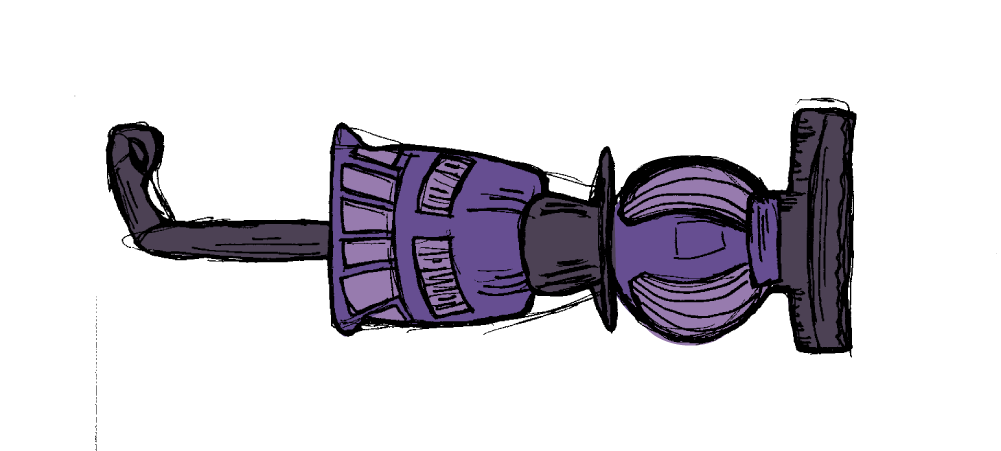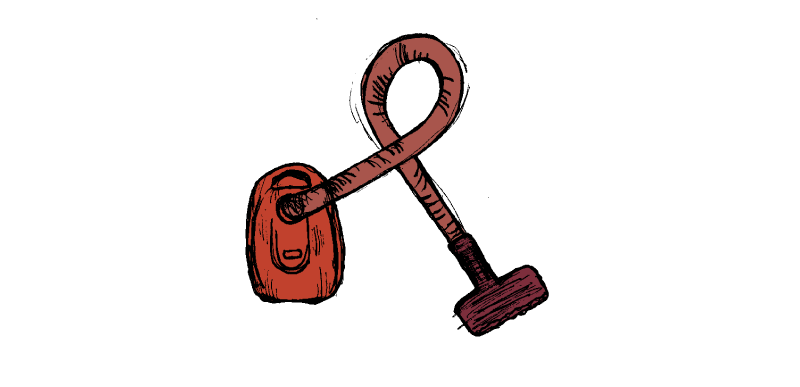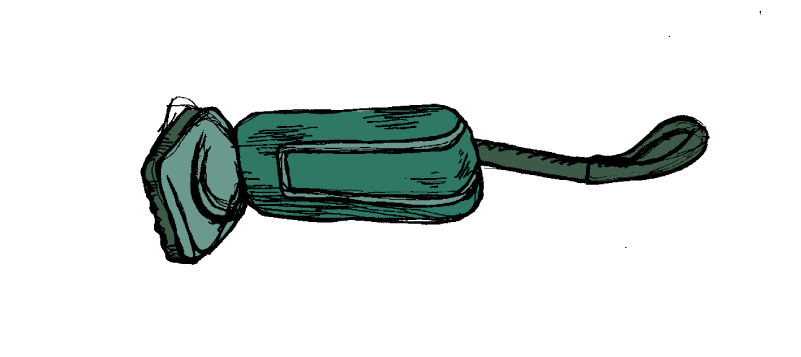They come in a variety of shapes and sizes. Some of them are slim and easily recognizable as such, they can look clumsy or elegant, others are shaped like a flying saucer. In our advanced age, some of them even have a brain and — almost — a life of their own. Although at some point they also need a human hand, so they can start work: vacuum cleaners.
The food of vacuum cleaners is dust which, as any electronic microscope reveals, also comes in a variety of shapes and sizes, both organic and inorganic: dead skin cells, paper fibers, dust mites, synthetic fibers, grains and pollen, and in some cases coal dust, asbestos or other harmful particles. The best way to see airborne dust is to observe a room flooded with light. It’s more fashionable these days to talk about microbes that live all over our bodies, bombard us with their genes and are even a part of dust. This is where scientists are on the front lines of discovery. But let’s stay with plain, classic dust for a minute or two.
I never understood why the practice of dusting made much sense, since you are mostly just redistributing dust that has accumulated in one place to another. Using a wet cloth makes much more sense to get rid of dust — a technique that is probably a few thousand years old, if not older, because there is no reason that any human, even humanoid with different standards of hygiene, should find pleasure in dust. Although I don’t like to speak on behalf of other people, “we all” have to clean dust once in a while to be able to live comfortably.
Some reasons may be offered for the sudden popularity of the vacuum cleaner. Dust certainly is a constant in history, but it wouldn’t be too surprising if industrialization, especially the burning of coal, accelerated developments to some extent. While the microscope had been invented earlier, it was really during the 19th century, that many dangers coming from tiny particles of all sorts were identified. But could it be that the rise of the vacuum cleaner is also, if not exclusively, related to the introduction of wall-to-wall-carpeting? This might explain why the household gadget first appeared in America. Small carpets could be folded up to be taken outside and hit with a stick to loosen the dirt and dust stuck in the fabric. But new American carpets created a situation where floors could not be wiped or taken outside to clean any more. Nevertheless, this fashion spread to many apartments and offices around the world. Why did wall-to-wall carpeting catch on in the first place? Was it because it somehow created a cozier atmosphere? In addition, thick carpets are also able to cushion noise.
There are records of mechanical sweepers from the 19th century that redistributed the dust rather than sucking it up, and a massive machine powered by gasoline and pulled by horses called “Puffing Billy”. But it was a certain James Murray Spangler, a department store janitor from Canton, Ohio, who can be credited with the invention of the very first vacuum cleaner as we know it today. It happened in 1908.
“He fashioned a machine from a tin soapbox, a sateen pillowcase, and a broom handle. Inside the box, an electric motor powered a fan and a rotating brush. The fan blew air out one end of the machine through the pillowcase. At the other end, air and dirt stirred up by the brush rushed in to take its place.” — Curt Wohleber
Let’s hope he celebrated his invention with a bottle of fine sparkling wine as it finally helped alleviate his asthma. Not much is known about how he felt about actually using it, but let’s also hope that Mr. Spangler came to enjoy the ecstasy connected with using his “suction sweeping”. Thanks to his wife, Susan Hoover, William H. Hoover started a partnership with Spangler and it was only a year later that the “Model O” was ready, “the first vacuum cleaner that consumers could buy, store and operate by themselves.” Coincidentally, but probably unrelated, it was the same year that Ford’s famous “Model T” went into production.
The vacuum-cleaner then had more than a century to undergo various innovations and to anchor the place of the affordable “auto maid”, as one of the popular models was called, in the human imagination. Countless advertisements taught people how to enjoy the fine art of vacuum-cleaning. It was not just a convenient tool, but pleasurable to use as well. It was eleveated to an art, a deeply satisfying practice: “She’ll be happier with a Hoover!”, an ad from the 1950s promised. A slogan that came in endless variations.
I have neither wall-to-wall-carpeting, nor even a single carpet, but still use a vacuum cleaner with great pleasure. In some instances, vacuuming and dusting complement each other, because a vacuum cleaner may not be sophisticated enough to take up the breathable fine dust which has been recognized as a major health hazard.
The vacuum cleaner only depends on the skills of an experienced user. And preparation. My friend from the building across removes all breakable objects, including picture frames, from the floor before her cleaning person arrives. She has lost count of how many breakages the vacuum cleaner has already caused.
It amounts to a sacred art to know when to exchange the bag. Make sure to never open it unless you really want to scrutinize it for something that was sucked up accidentally.
Satisfaction comes on different levels. While you are getting rid of the harmful stuff you already know that there is more to arrive from the moment you complete your chore. The state of dust-freeness is short-lived. The challenge is to know when it’s about time to start all over again. I personally have a built-in sensor, so to speak, because I’m allergic to house dust and to some pollen. When a certain level of house dust in the air has been reached, I start to cough and I know it’s about time to get the machine going again. I don’t know if my vacuum cleaner, as one leading producer of vacuums claims, “throws dust into the air, filling your home with the stuff it is supposed to eliminate”. Let’s hope that new technology has brought us past this blip.
Whichever way you look at it, the whole business of vacuum cleaning doesn’t escape being part of the eternal cycle of matter: dust is collected in a disposable bag and then brought to another place — usually with a vehicle that produces fine dust — where it’s either burned (fire accelerates the process of disintegration) or rots to become something different and hopefully useful again, such as earth for a plant to grow in, for example. Dust will never stop gathering.
“For dust thou art, and unto dust shall thou return” (Genesis). There simply is no escape from it. It is among the most elementary substances of all. Maybe a thought to cherish in certain moments when there is just too much: dust. And some of its more mysterious varieties develop a life of their own like stardust or lunar dust, which is formed when meteorites crash on the moon’s surface. In large quantities dust poses the danger of fire or even explosions – which in turn may trigger other explosions, following the logic of a chain reaction. To prevent a “dust explosion”, for example, water is sprayed on material when buildings are torn down.
Among the more psychoanalytically inclined there are some who believe that dusting makes us confront our own history and face crucial issues in life. Can forgetting be seen as leaving behind knowledge no longer required? And is dusting its metaphorical equivalent? Among the more obscure theories in circulation is that intense dusting is a substitute for touching another person’s body. This time I can only speak for myself here, but personally, I just dust so that I can breathe deeply. •
Illustrations created by Emily Anderson.






